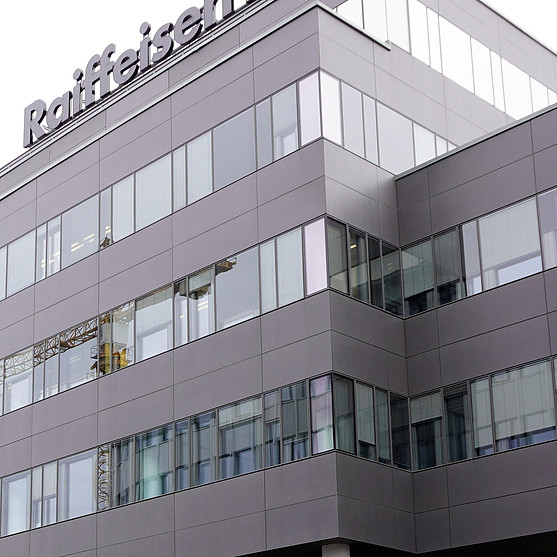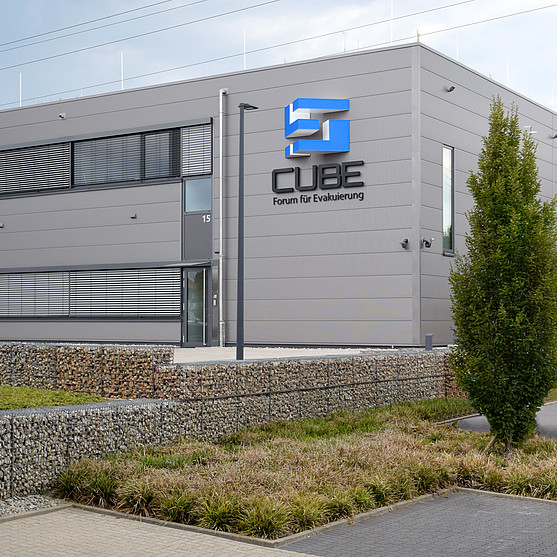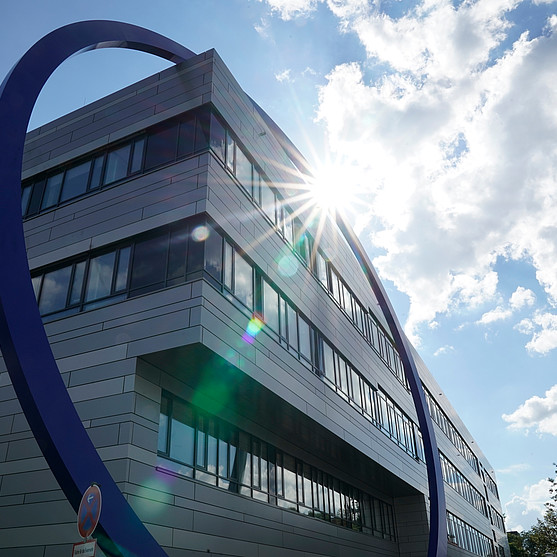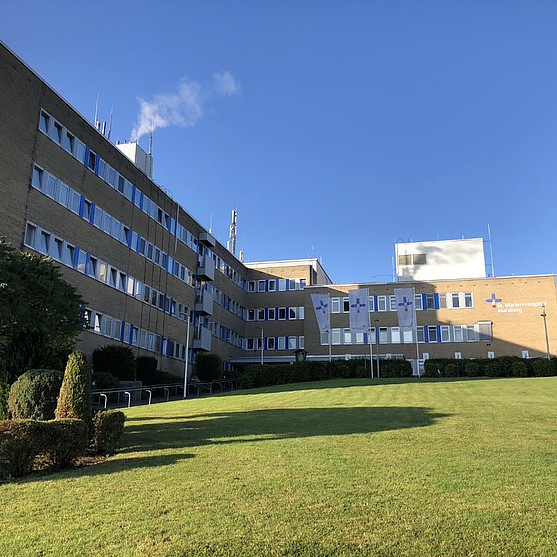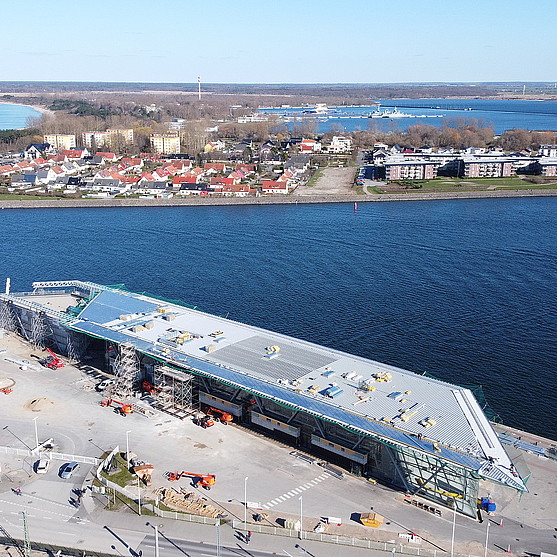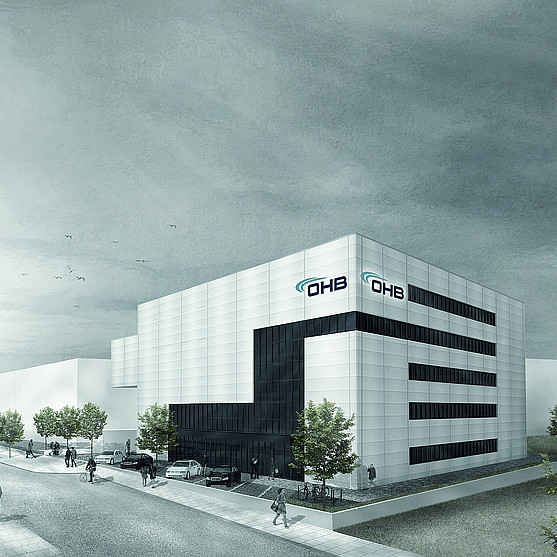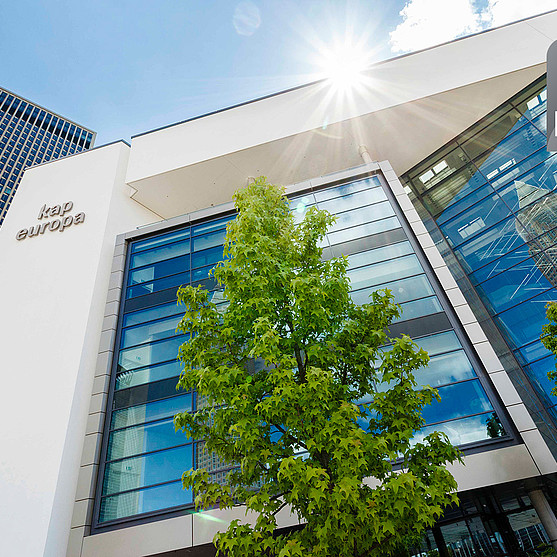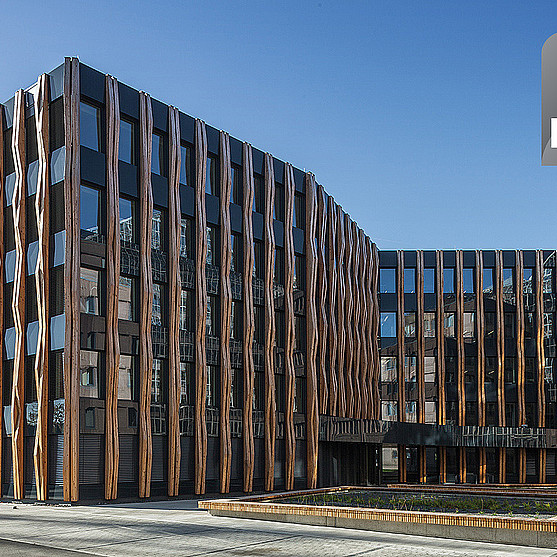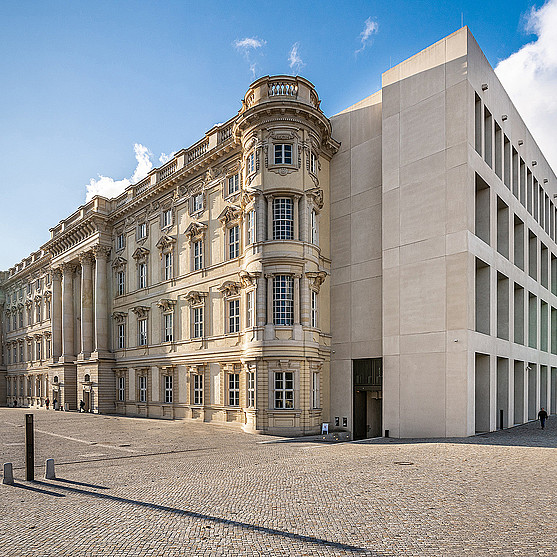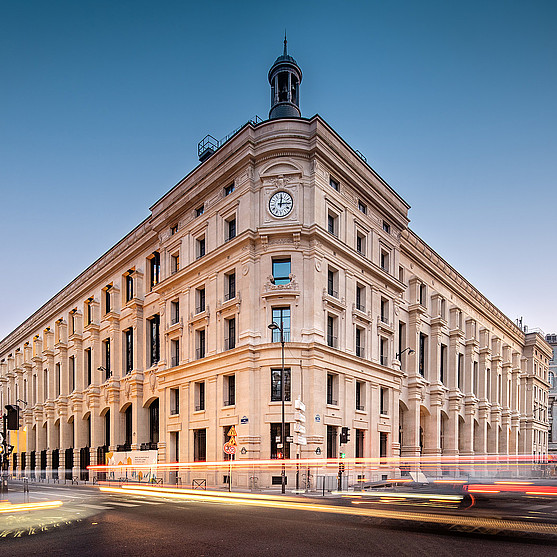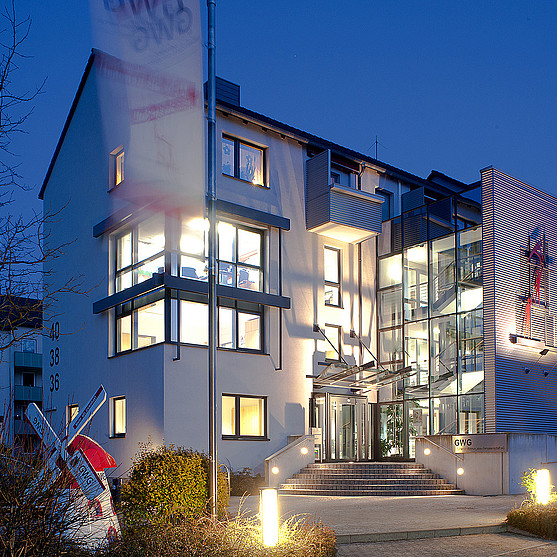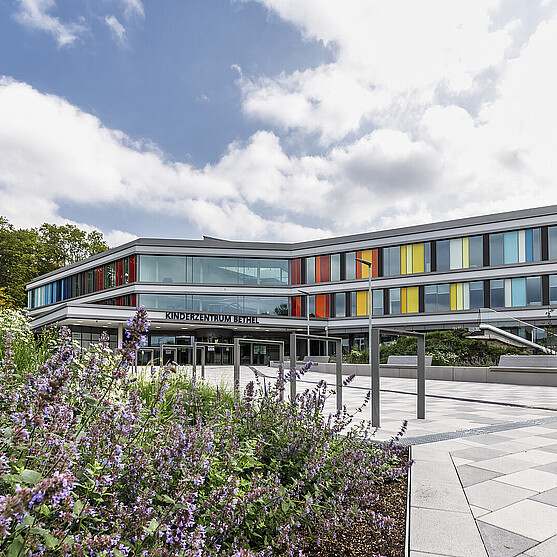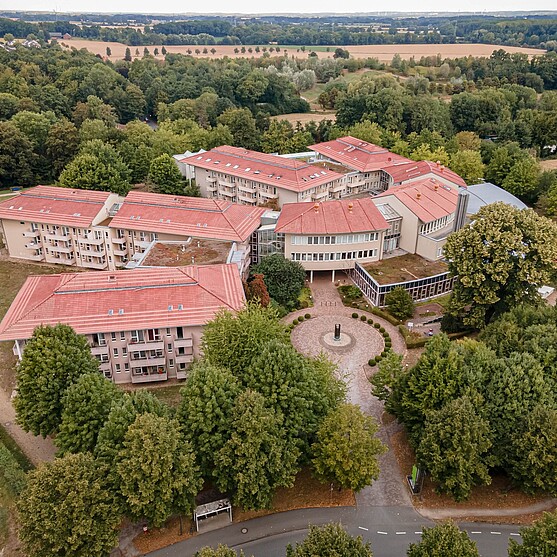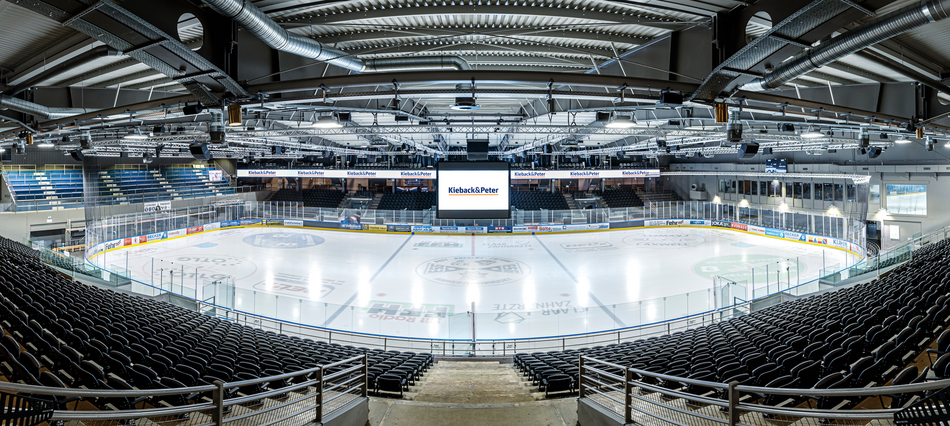
Eissporthalle Kassel is around 50 years old and is now set to become nothing less than one of the most sustainable multifunctional arenas in the world. The home stadium of the DEL2 league ice hockey team “Kassel Huskies” had aged quite a bit in terms of energy efficiency, usability and comfort. That is why its proprietor decided to completely revitalize the stadium, which was in need of renovation.
One goal in particular was to use pioneering building technology options to make the stadium more climate friendly and, in the medium term, even energy-self-sufficient. The custom solution strategies for this objective came from Kieback&Peter – the official climate partner of the “Kassel Huskies”. They enable important synergy effects among the various parts of the facility. The subsidiary in Kassel was thus commissioned with implementing all of the challenges relating to building technology together with regional specialist craftspeople – from implementing energy recovery to peak load management, and from future large heat pumps to the possibility of comprehensive CO₂ balancing.
An investment with lastingly sustainable added value
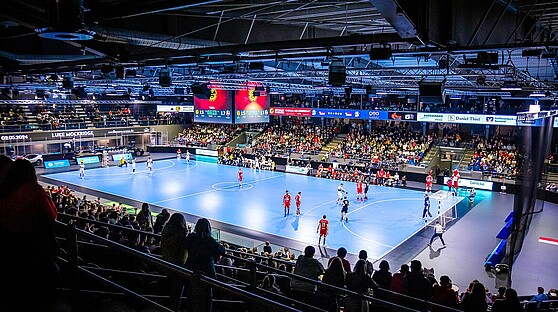
Until it was completely refurbished and renamed Nordhessen Arena in 2023, Eissporthalle Kassel was a monument to the construction and building technology of the 1970s: Energy efficiency, comfort and flexibility left more and more to be desired. The arena did not have a central building automation system, and its energy balance was quite poor. Its proprietor recognized the need for action and decided to transform the ice rink into an exemplary multifunctional arena.
The idea was for up to 6,100 visitors to experience not only ice hockey games, but also handball matches, high-quality concerts and all kinds of entertainment shows in the future. Unparalleled climate-friendly building technology was to be incorporated as part of the revitalization. Kieback&Peter was commissioned with integrating all of the systems for heating, cooling, power, ventilation, shading and electric car management into a central, holistic automation solution. To accomplish this, branch and project manager Axel Mikesch and his team developed a unique system that completely fulfills the various demands: “We have created a unique, custom-tailored building automation solution in Nordhessen Arena that makes all of the stadium’s operations fit for a climate-friendly future.”
Energy flows, system states and CO₂ balance: Qanteon provides an overview
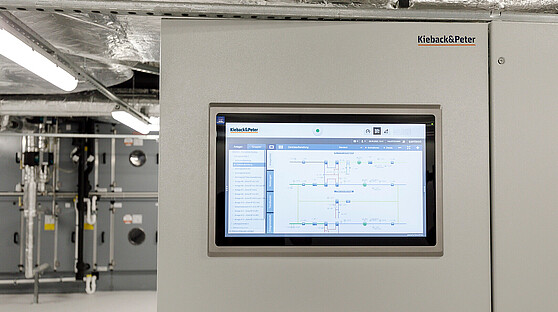
Nordhessen Arena gave the team an ideal opportunity to realize unique, custom-tailored efficiency and synergy solutions. To do so, they integrated around 1,500 actuators and sensors into the stadium’s systems, including demand-driven circulating pumps for heating and cooling media, adjustable ventilation fans, digital warming and cooling amount counters, and sensors for recording the CO₂ saturation in the air. They digitally networked all of the systems with the high-performance controllers from Kieback&Peter’s latest series (DDC 4040E) in four automation focal points (ASPs); these controllers perform all automated switching and control actions. Kieback&Peter’s flexible energy management system Qanteon serves as a superordinate operation level and visual user level. It works on a server on site and offers maximum operating comfort thanks to its intuitively understandable user interface: Here, for example, it is possible to view all energy flows, target and actual values and system states at a glance and modify them as needed. Secure remote access was also configured via Connect from Kieback&Peter. With its numerous customizable evaluation tools, Qanteon provides the basis for comprehensive monitoring of all consumption and the required CO₂ balancing. Now the operators can simply, quickly and reliably provide information about Nordhessen Arena’s CO₂ footprint – for example, to the German Ice Hockey League (DEL) and other event organizers that are geared towards sustainability.
Good air thanks to smart efficiency improvement
Creating a highly efficient ventilation control system for the entire arena, including all ancillary rooms, was one of Kieback&Peter’s many tasks. To accomplish it, the team used a CO₂-based system that not only minimizes the energy expenditure for the fresh air supply but also improves the air quality considerably – and thus the comfort of visitors, athletes, artists and employees when they are in the building. CO₂ sensors measure the CO₂ content of the air in the room. The higher the CO₂ value, the more “used” the air is. The control system continually ensures that fresh air is supplied as needed in each zone on an ongoing basis. Instead of the blanket “scattergun approach” used by traditional ventilation systems with a constant volume current, the ventilators always work at the level required. They do not use more power than is necessary while maintaining a consistently high level of comfort.
Heating circuits outdoors – integrated to save energy
Smart decoupling of the heating circuit also contributes to energy savings: To date, the heating lines in the outdoor area needed to have permanent flows when there was frost to prevent them from being damaged. Now they are decoupled as their own circuit via a heat exchanger controlled by Kieback&Peter and protected against frost by a medium containing glycol. That means they need to be in operation only when heat is needed, even in winter. The result? 250,000 kWh of energy are saved every year. That’s the equivalent of 25,000 liters of heating oil.
Sustainability for heating and cooling supply
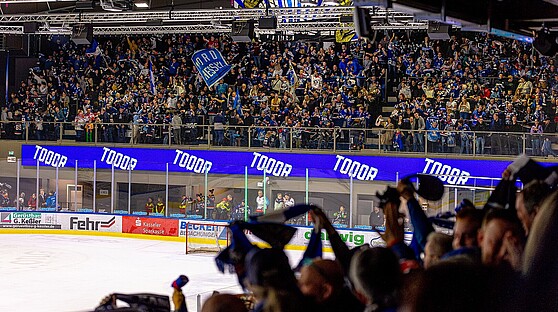
To ensure that spectators and fans in Nordhessen Arena feel completely comfortable even during ice hockey games, floor heating and ceiling flow heaters were installed. They work considerably more efficiently that the fan convectors used in conventional hall heating systems. Primary energy is used extremely efficiently here as well. To this end, the automation experts created a control system that optimally coordinates both the usage of the existing district heating supply and the large heating pumps (to be integrated soon). They also ensured that the cooling accrued from the planned heating pumps is channeled into the arena’s cooling circuit. In keeping with the motto: innovation instead of waste.
Kieback&Peter is the official climate partner of the “Kassel Huskies”
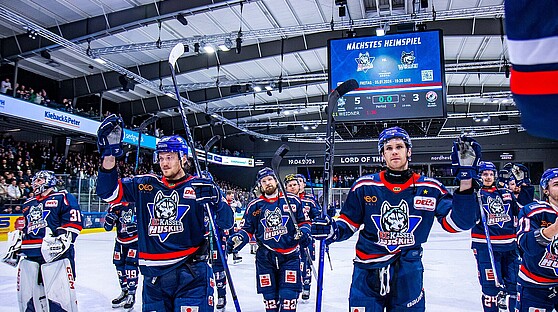
In addition to being responsible for energy management in Nordhessen Arena, Kieback&Peter has been the official climate partner of the “Kassel Huskies” since the 2023/2024 season and accompanies the DEL2 team through the season. The goal is to continue promoting the “Nordhessen Arena” project in the future as well and to support the realization of an energy-self-sufficient hall in North Hesse by supplying smart solutions for building automation.
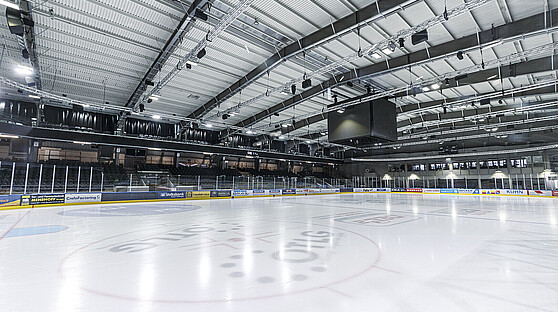
Future process cooling for dehumidifying air will come from accumulating snow
The range of pioneering building technology solutions that are smartly controlled by Kieback&Peter is immense. The resource-saving combination of fresh air dehumidification and ice preparation is one example that will be implemented soon: Up to 15 cubic meters of snow accumulate every day as a result of ice preparation. Its cooling properties will no longer go unused in the future. Instead, they will supply the cooling needed to dehumidify fresh air in a circuit using heat exchangers in the snow bunker. Additionally, the melt water from the snow can be reused to prepare the ice. That means no fresh water needs to be desalinated, which requires a lot of energy. This combination of smart control systems will save approximately 300,000 kWh of primary energy each year, which corresponds to around 30,000 liters of heating oil.
Future load peak management using electric vehicles
A special technical highlight of Nordhessen Arena is the power supply’s load peak management: A photovoltaic system located on the roof generates emissions-free electric energy during the day and has a peak performance of up to three megawatts (peak). In the future, this power will charge the batteries of up to 30 electric cars – which the players of the “Kassel Huskies” use to drive to their away games, among other things, without emissions. This project should be implemented by 2025. The actual peak load management lies in the bidirectional chargeability of the electric cars: Like a large power bank, each passenger car can feed its electric energy back into the arena’s internal network when it requires large amounts of power. To ensure that the stored power is always used optimally, the technicians at Kieback&Peter have developed an elaborate load peak management concept. Among other things, it ensures that the vehicles for planned trips are always sufficiently charged but, at the same time, release power when there is especially great need – for example during a “Kassel Huskies” game that is sold out or a concert.

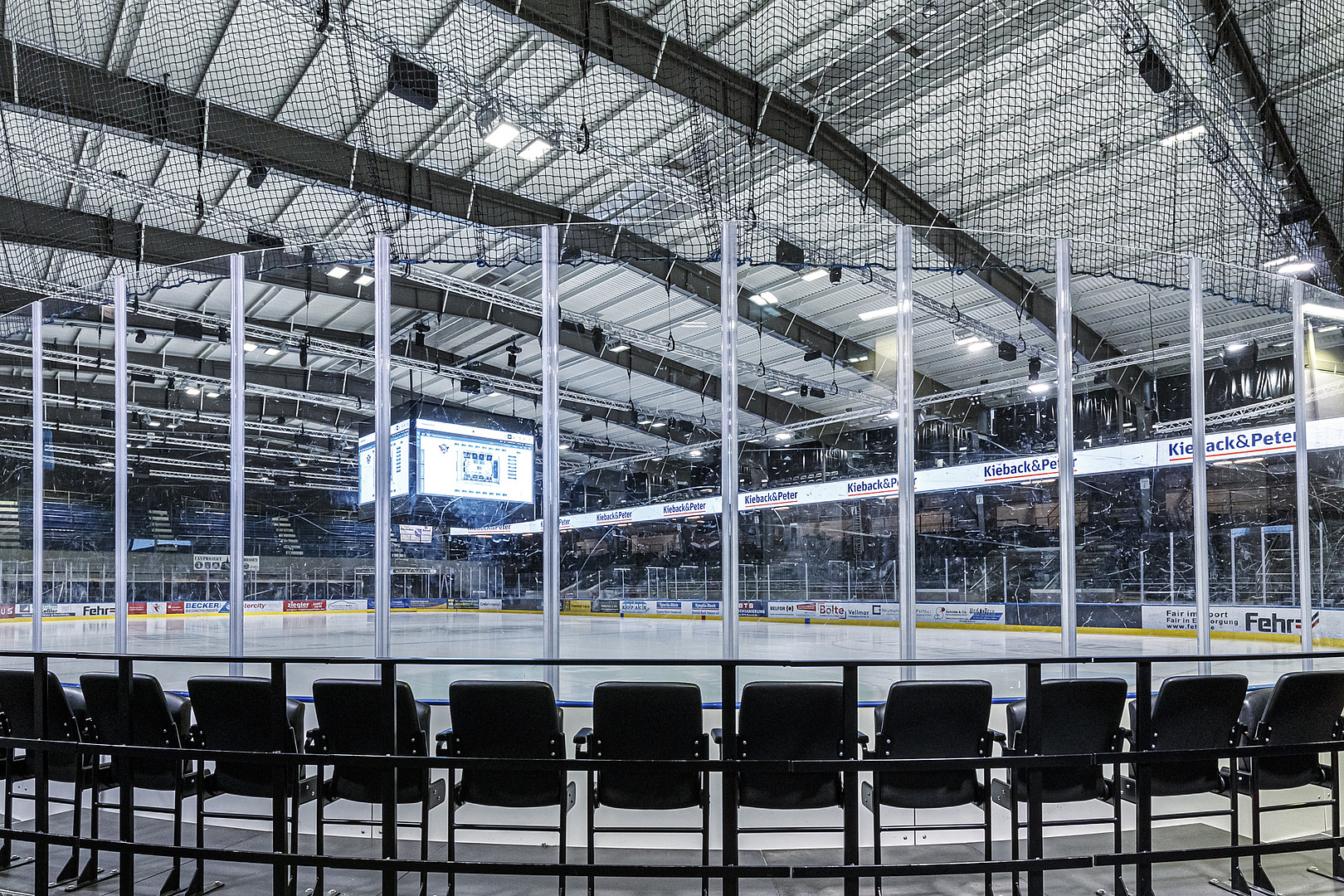
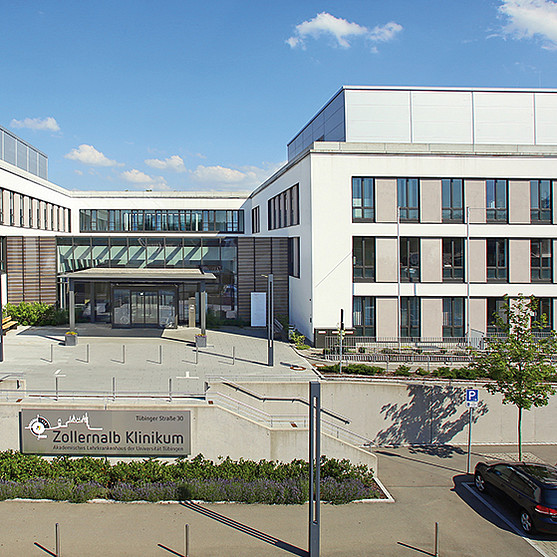
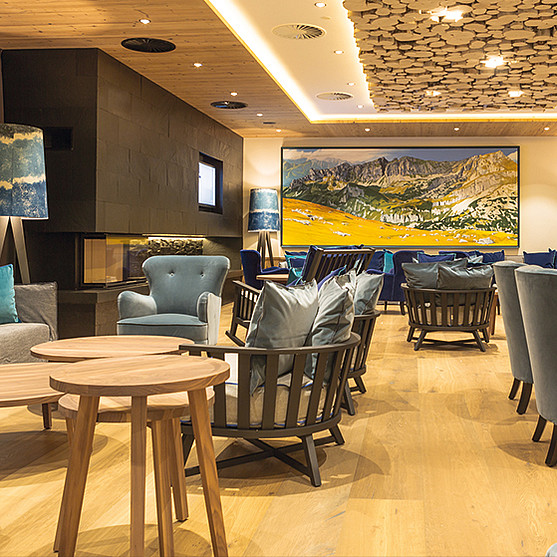
![[Translate to Englisch:] Elbdeck [Translate to Englisch:] Elbdeck Hamburg](/fileadmin/_processed_/9/b/csm_11_Deutschland_Hamburg_Elbdeck_3011f21c3c.jpg)
![[Translate to Englisch:] Qu4drans Paris [Translate to Englisch:] Qu4drans Paris](/fileadmin/_processed_/f/2/csm_Qu4drans_e315f9ef8d.jpg)
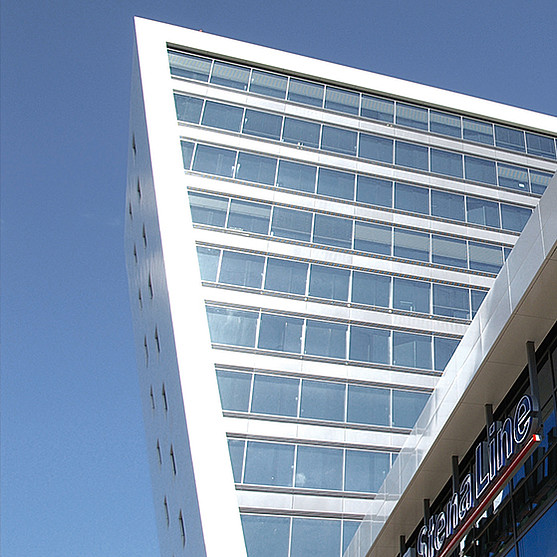
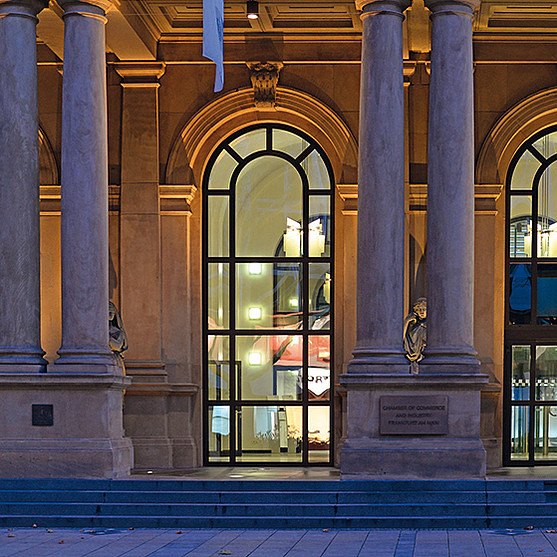
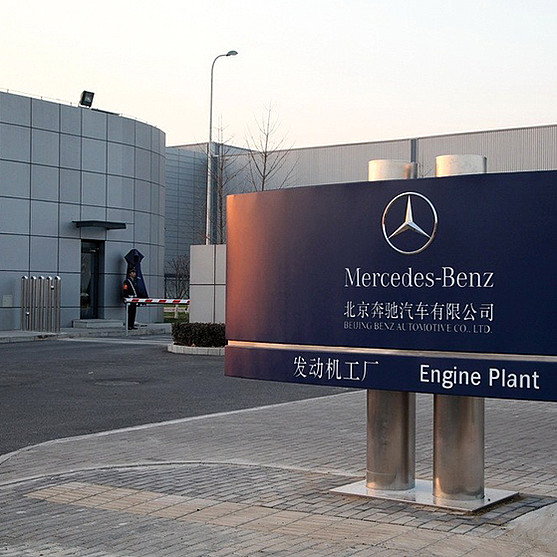
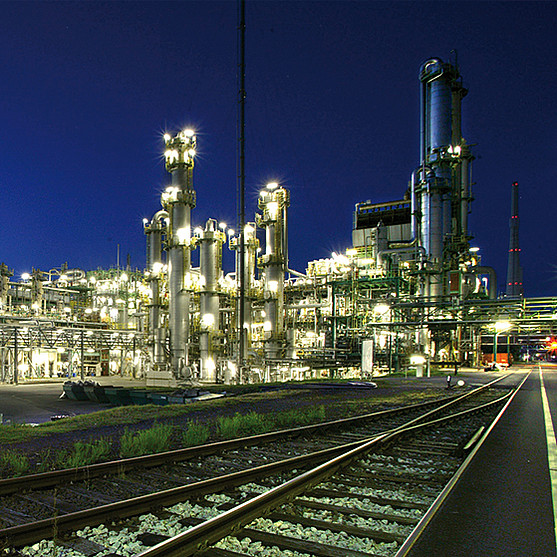
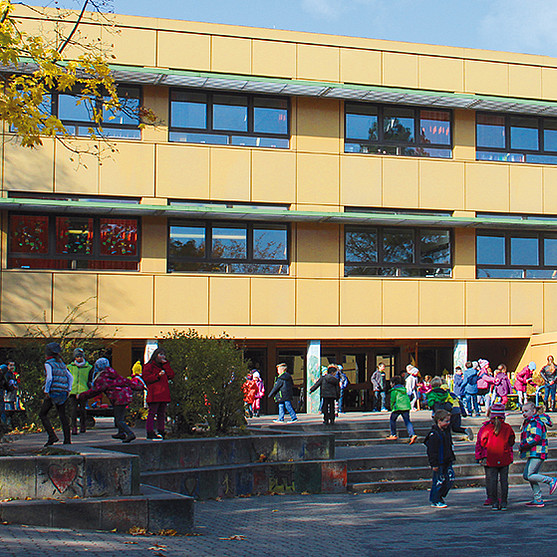
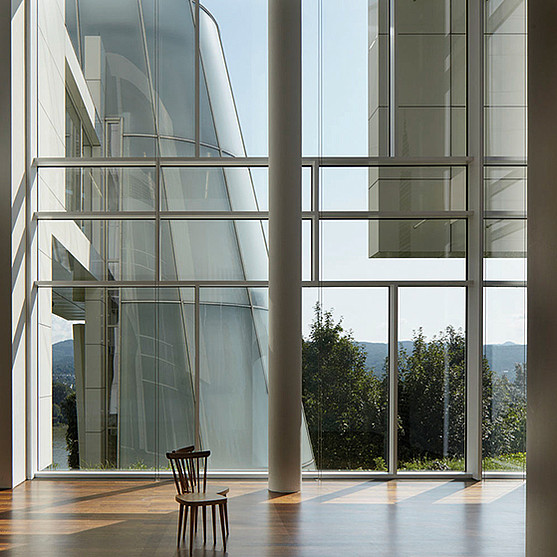
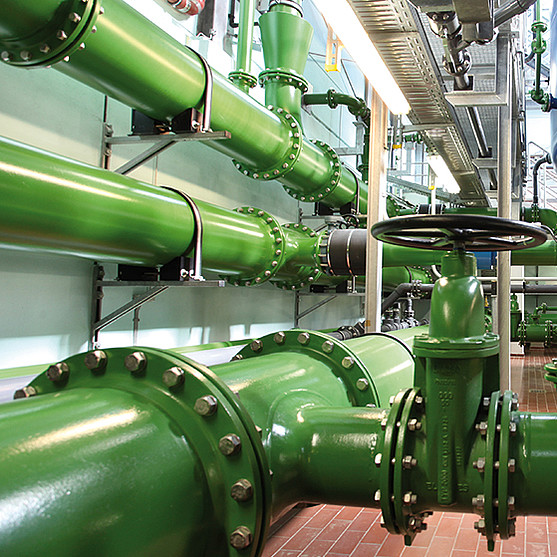
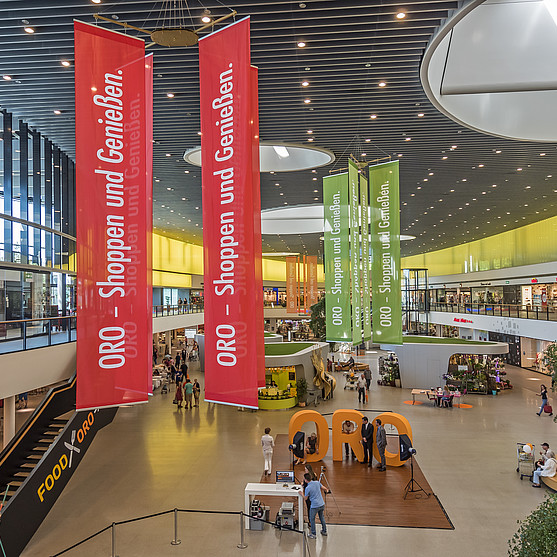
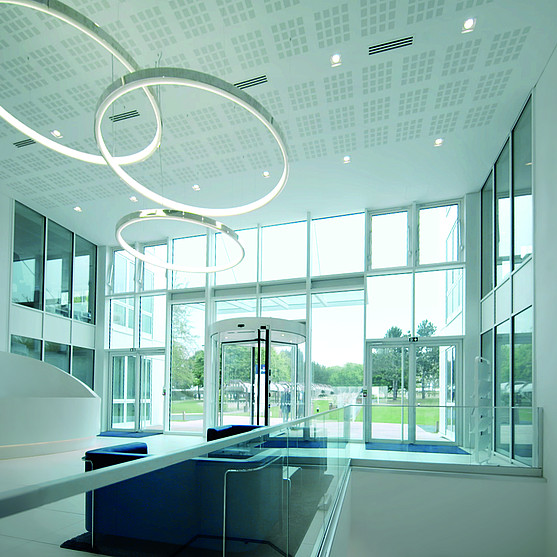
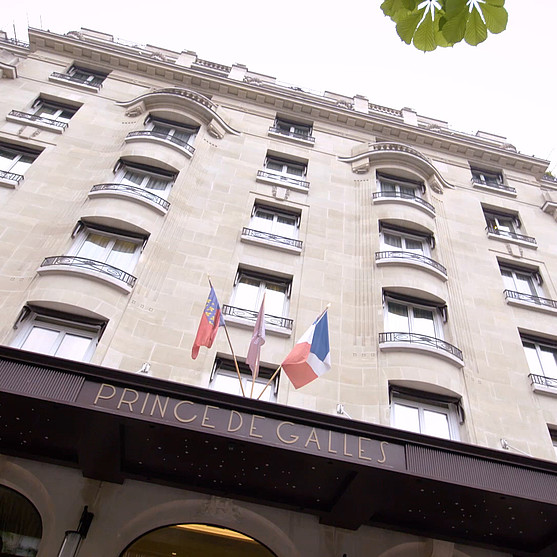

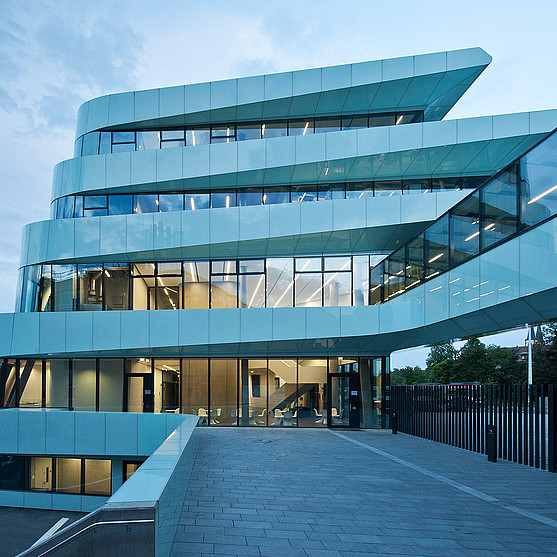
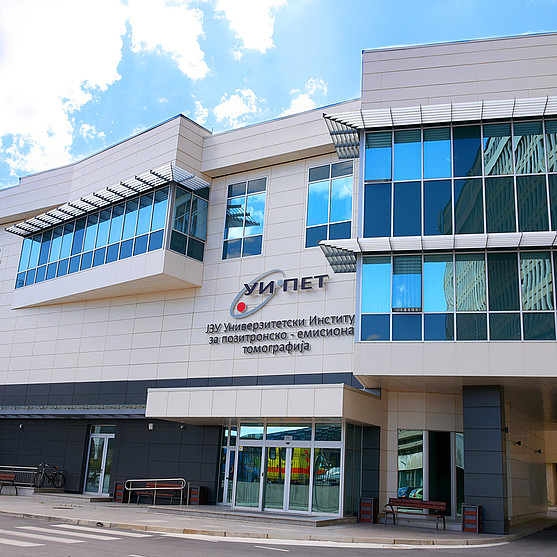
![[Translate to Englisch:] [Translate to Englisch:]](/fileadmin/_processed_/3/d/csm_L_T_Sporthaus_Osnabrueck_Indoor_kieback-peter_d47dda6a97.jpg)

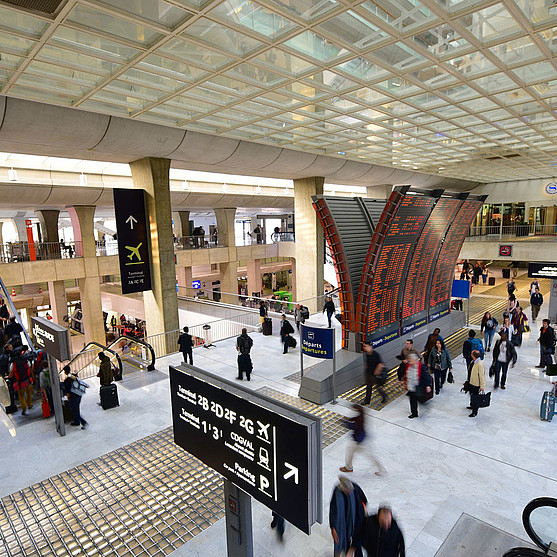
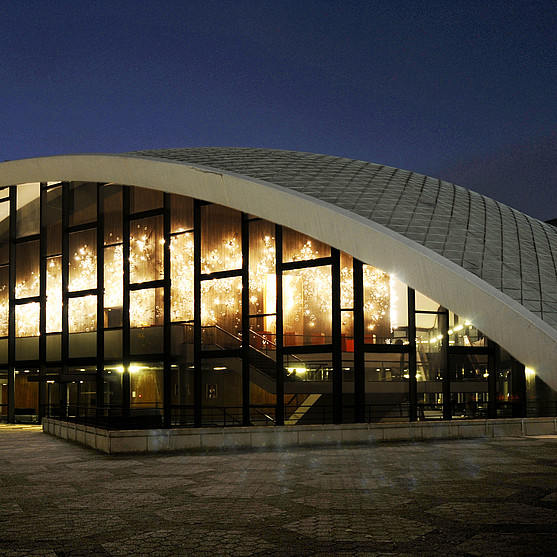
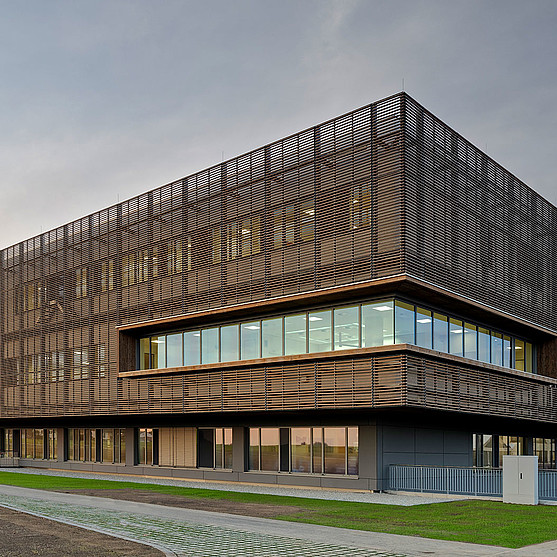

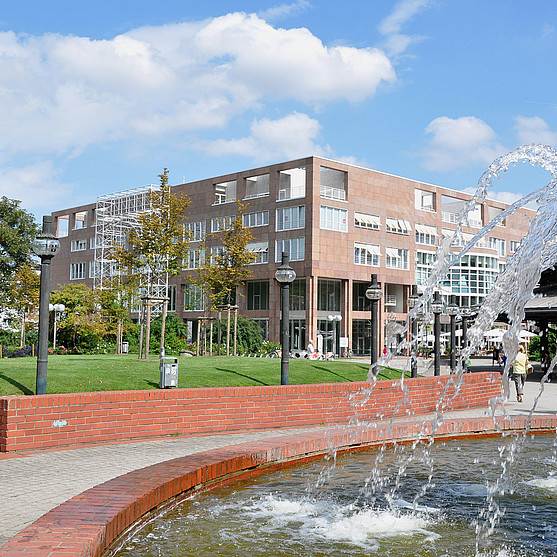
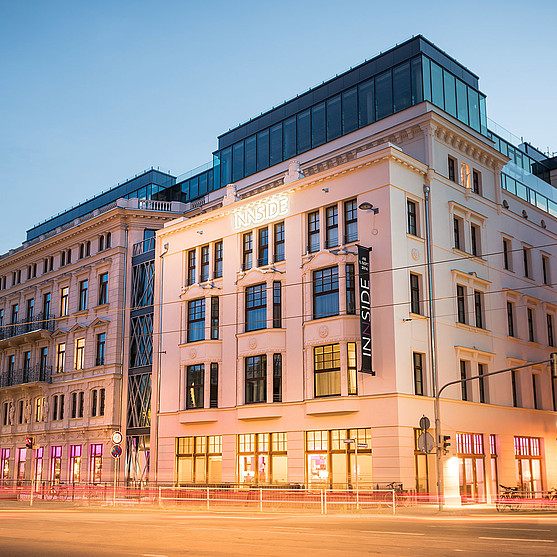
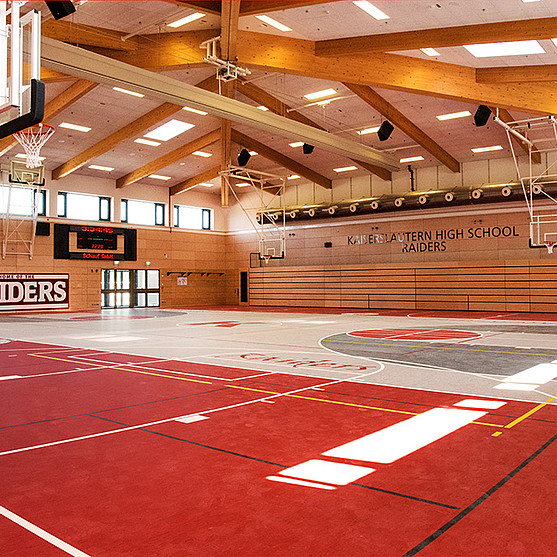
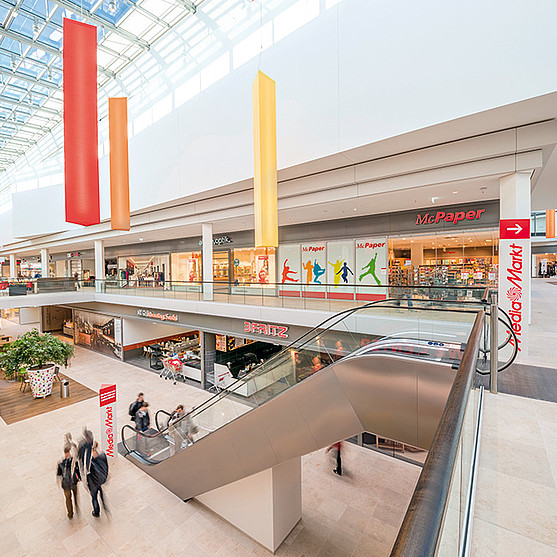
![[Translate to Englisch:] [Translate to Englisch:]](/fileadmin/_processed_/6/f/csm_flevo-krankenhaus-aussenansicht-kieback-peter_7f540b4b4f.jpg)
